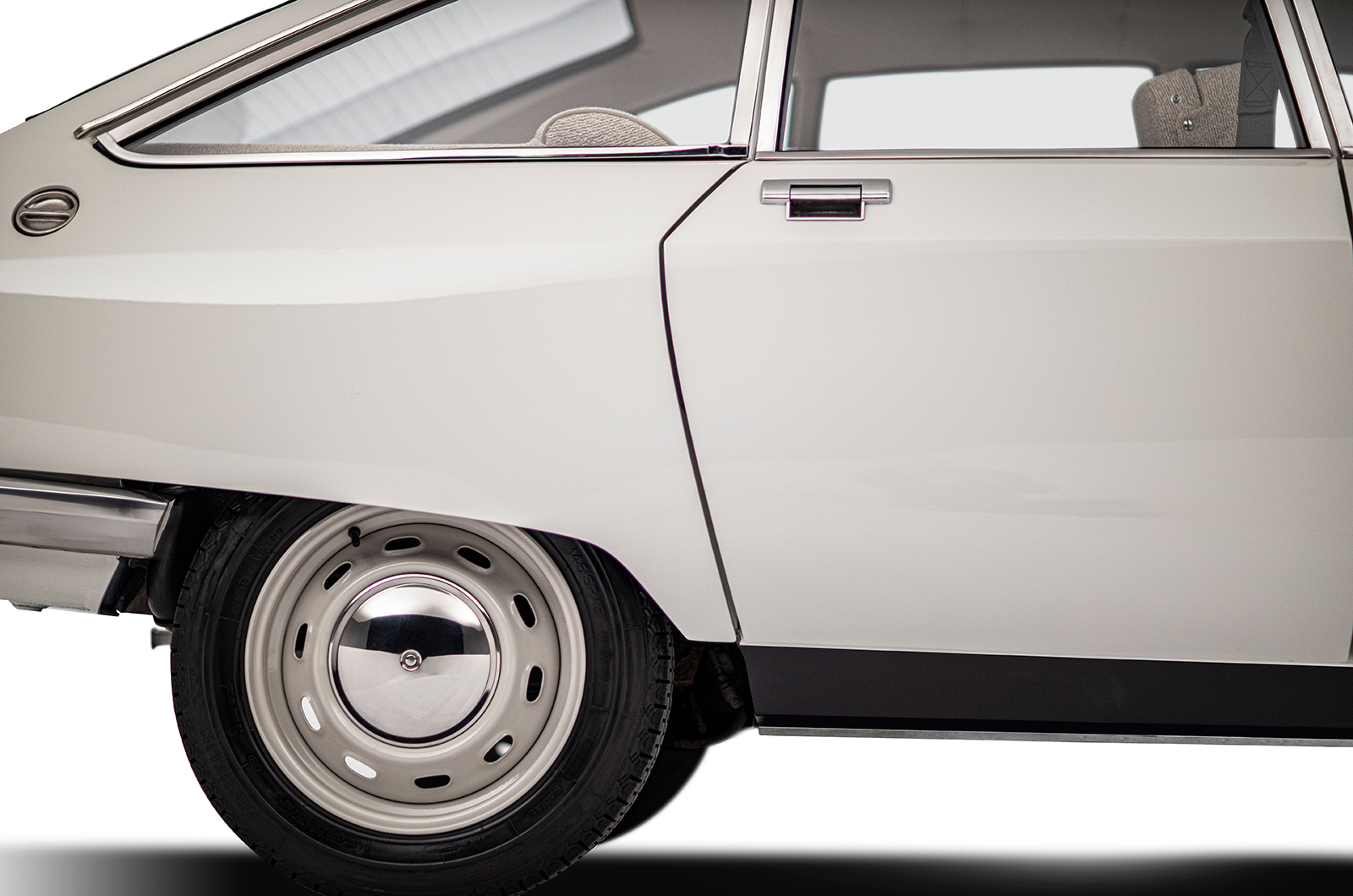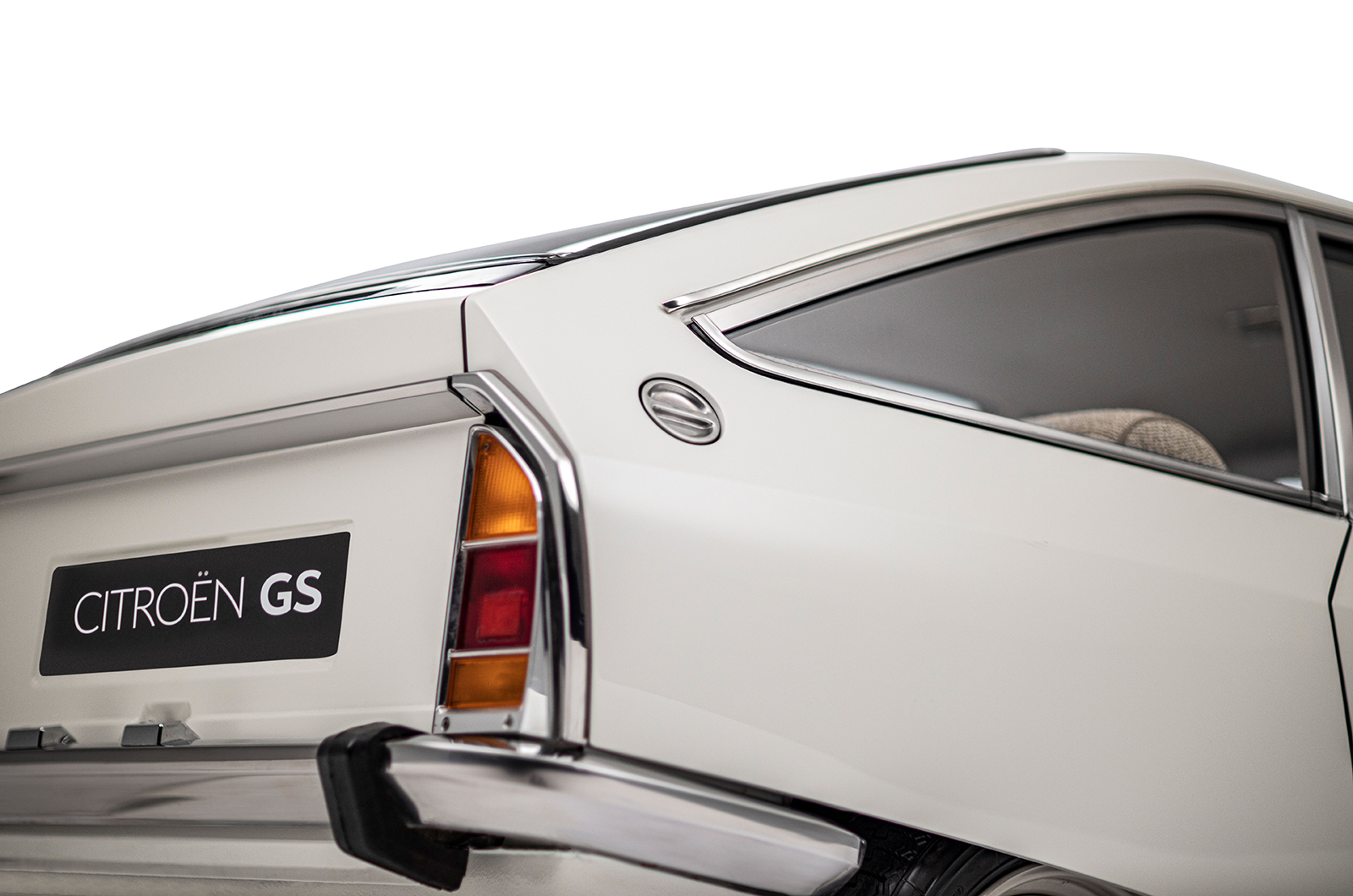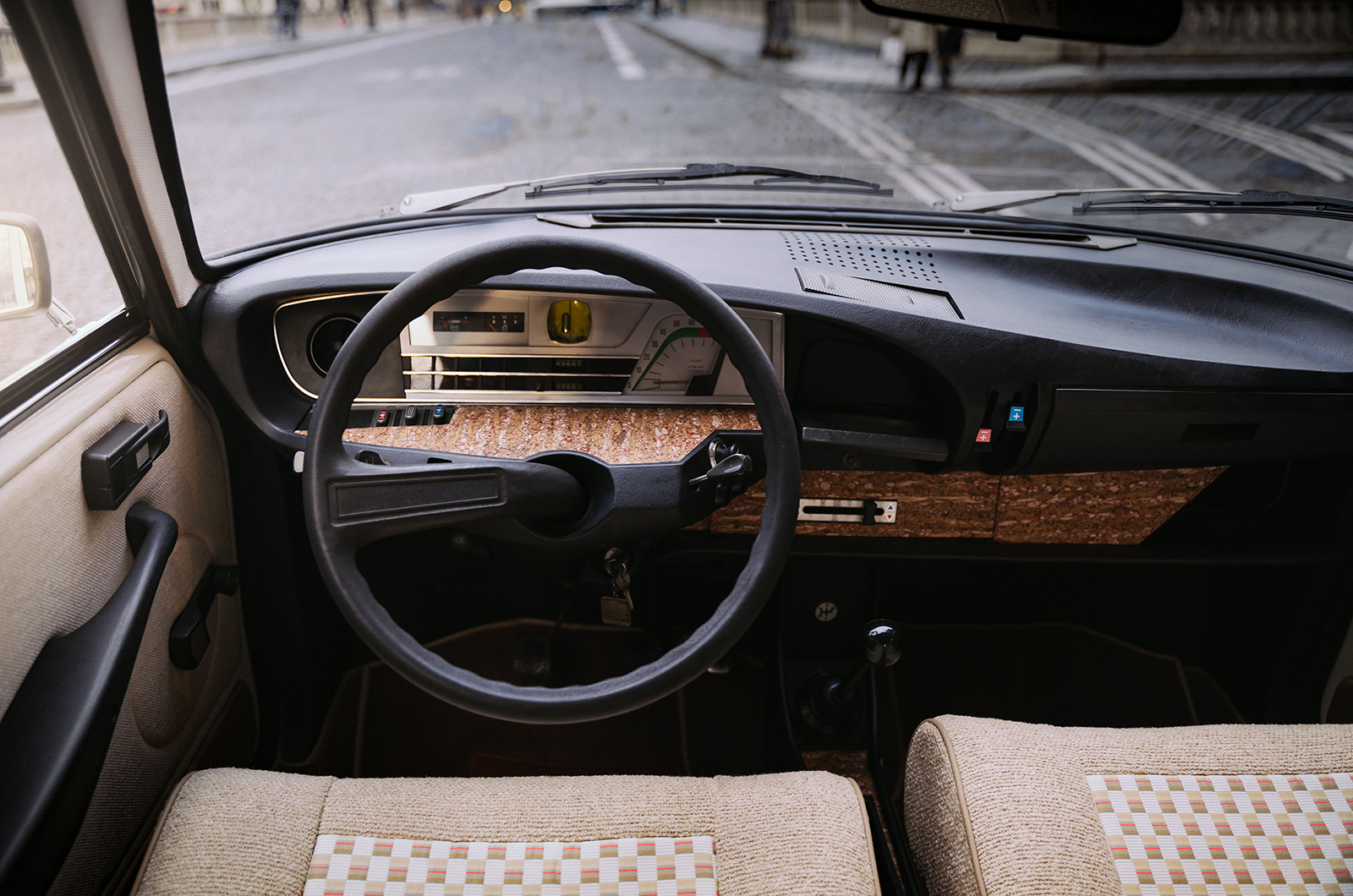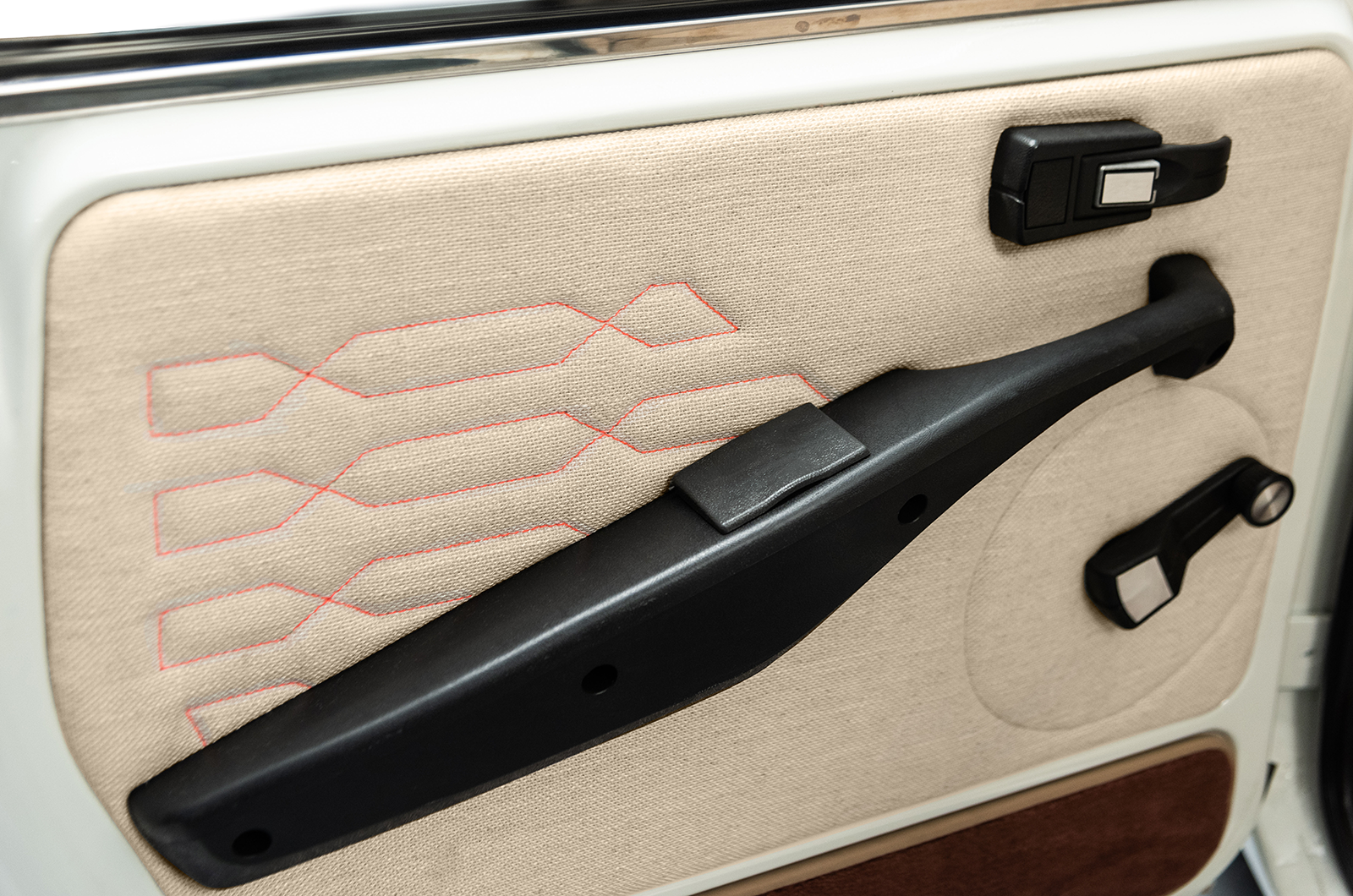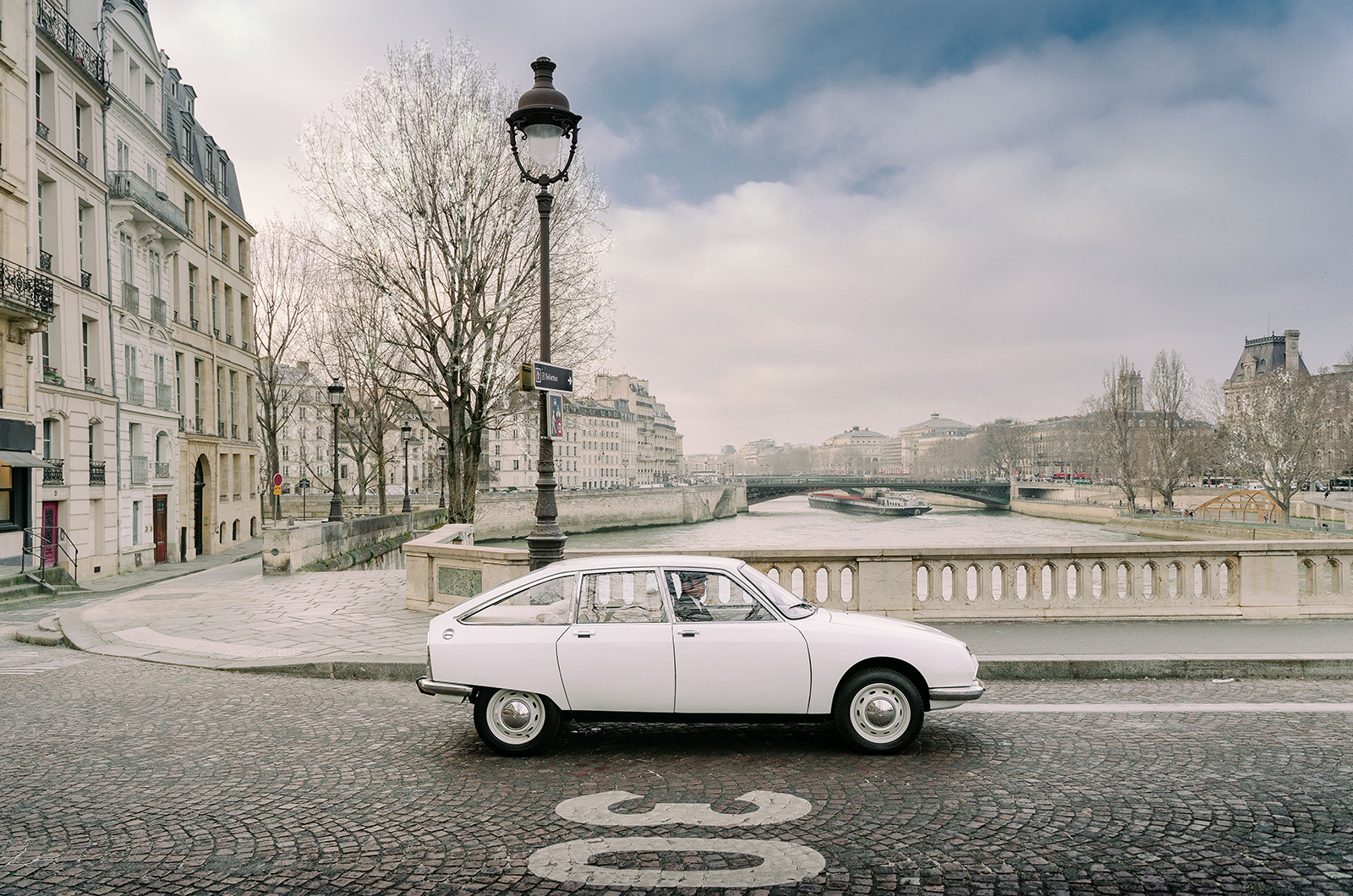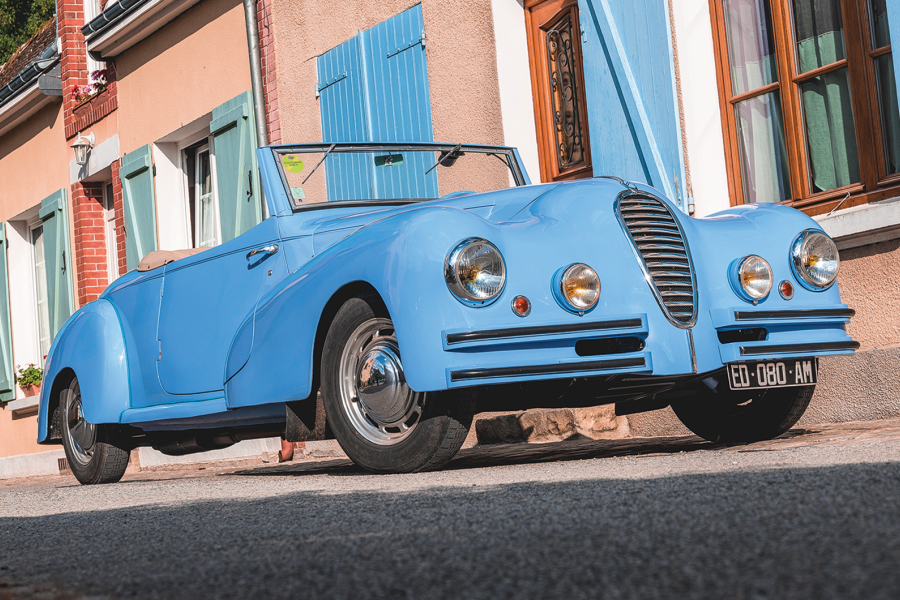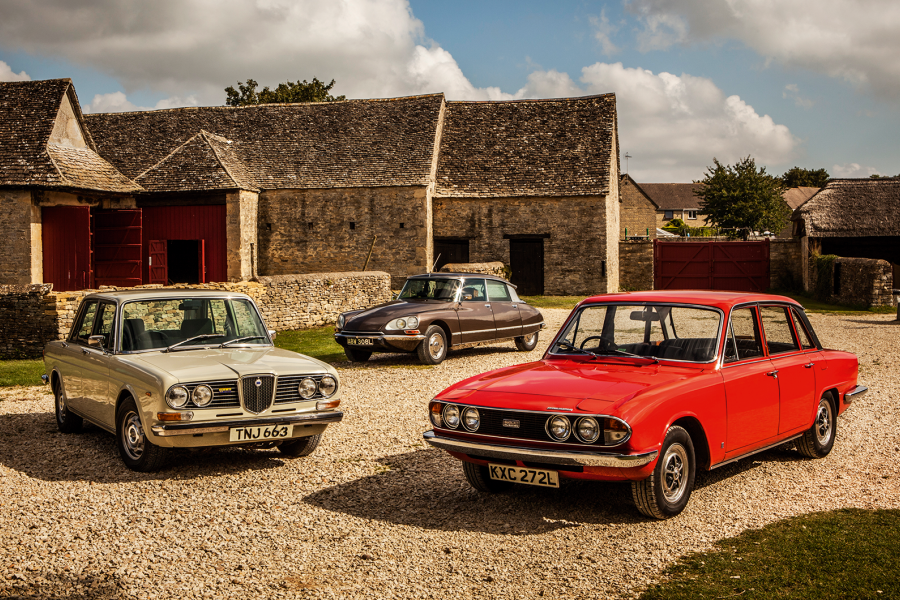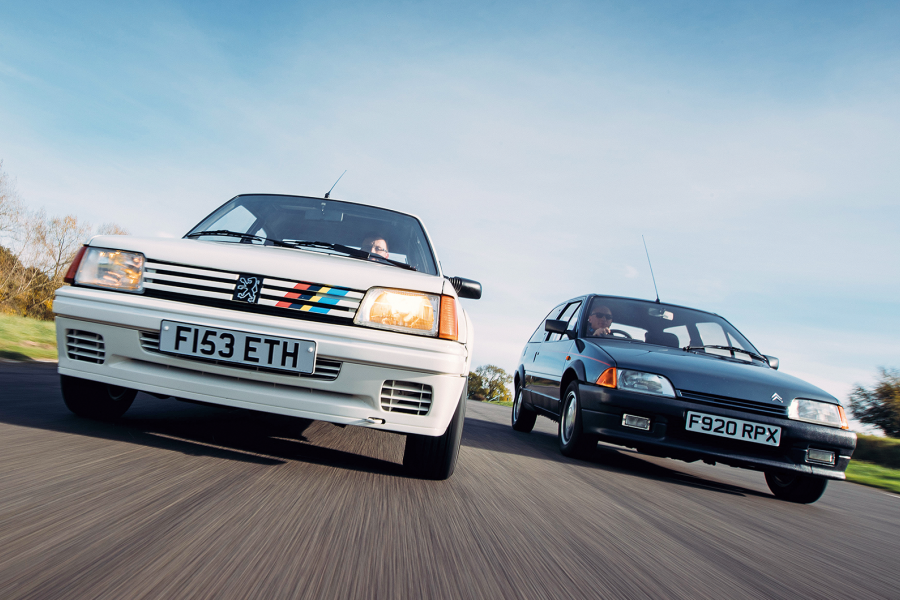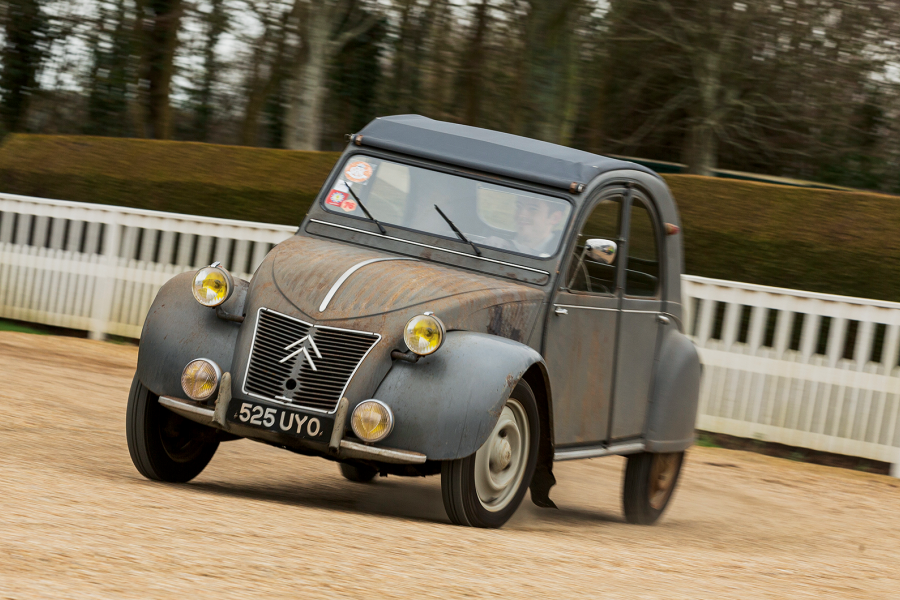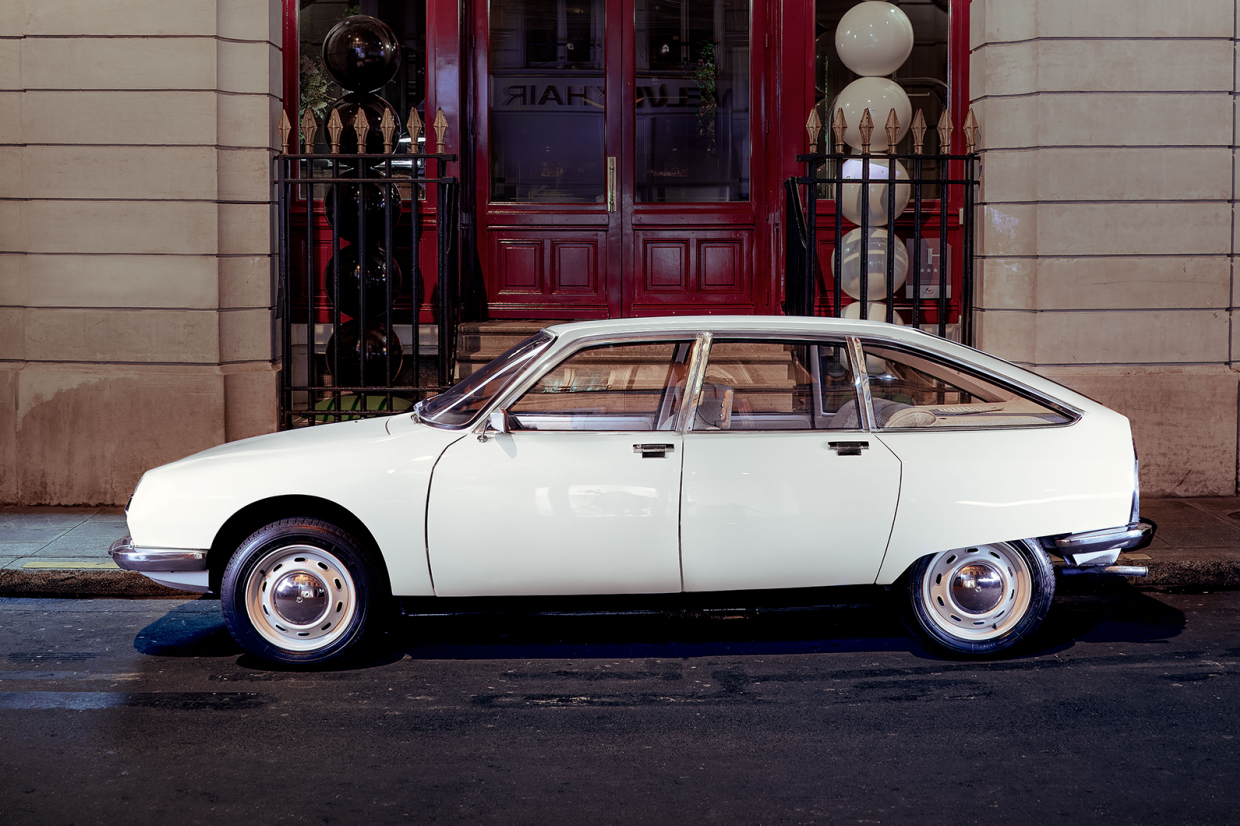
For years after the GSA died in 1986, I felt guilty about my small involvement in the life and times of the Citroën GS.
I never owned one, mind you, although I do regret not getting involved in the model’s heyday. Not quite so regretful now, of course, because without taking some very expensive precautions all I’d have today would be a great-looking pile of ferrous (or is that ferric?) oxide.
No, my guilt has a different source.
And it’s still here 50 years after the GS was launched.
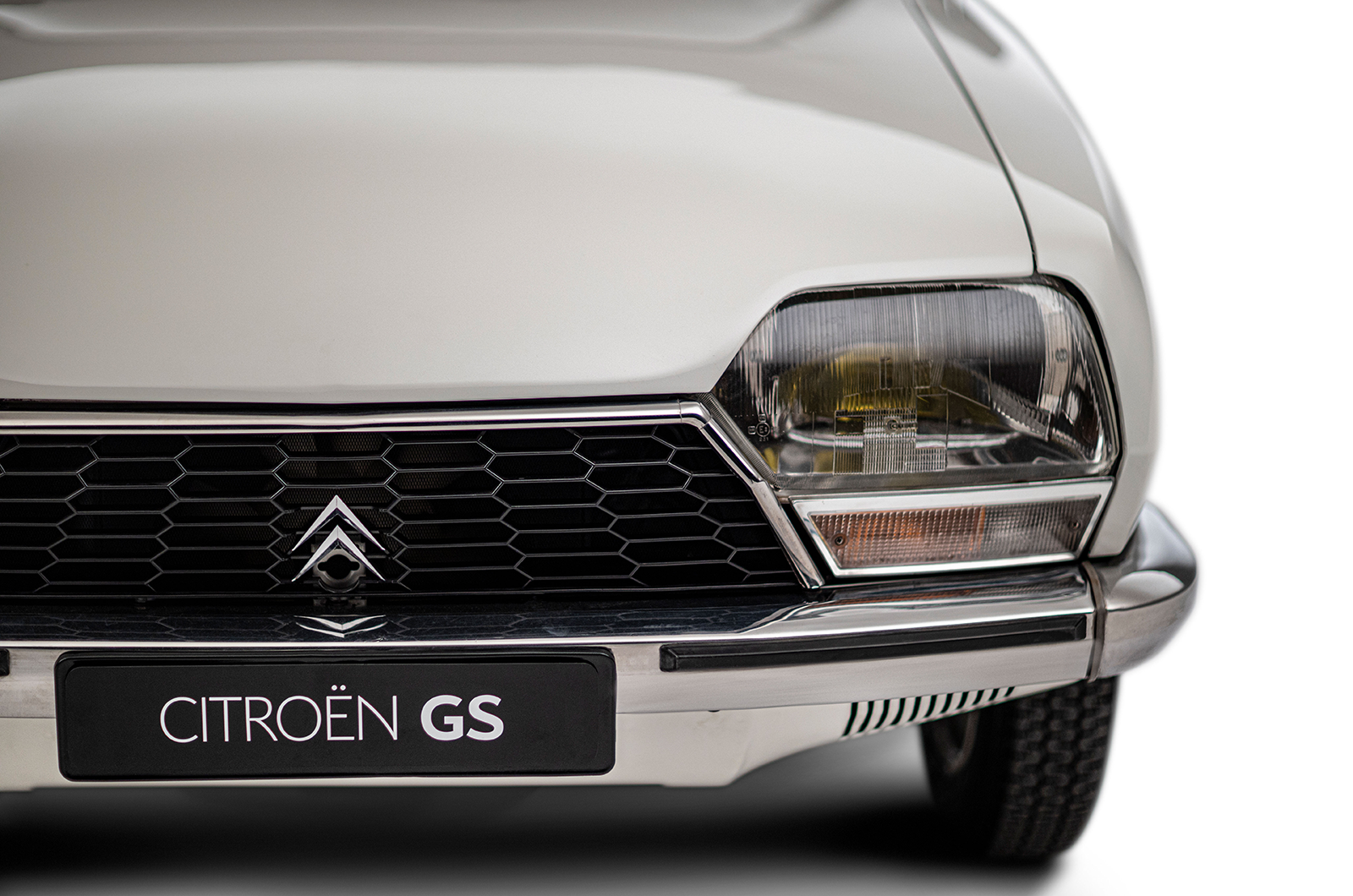
The GS became a mainstay, with 1.9m made, plus more than 500,000 of the ’79-on hatchback GSA
Back in the day, I was a road tester on what at the time was an outspoken and rather avant-garde motoring magazine.
While the overwhelming bulk of British car buyers (at least 85% of them) chose doughty Vauxhalls, Fords and BL products, we sneered at their everyman choices, preferring Citroëns, Saabs, Alfa Romeos and their ilk because they looked better, drove better and were much more technically interesting.
The trouble was they depreciated like a piano dropping from a third-floor window.

